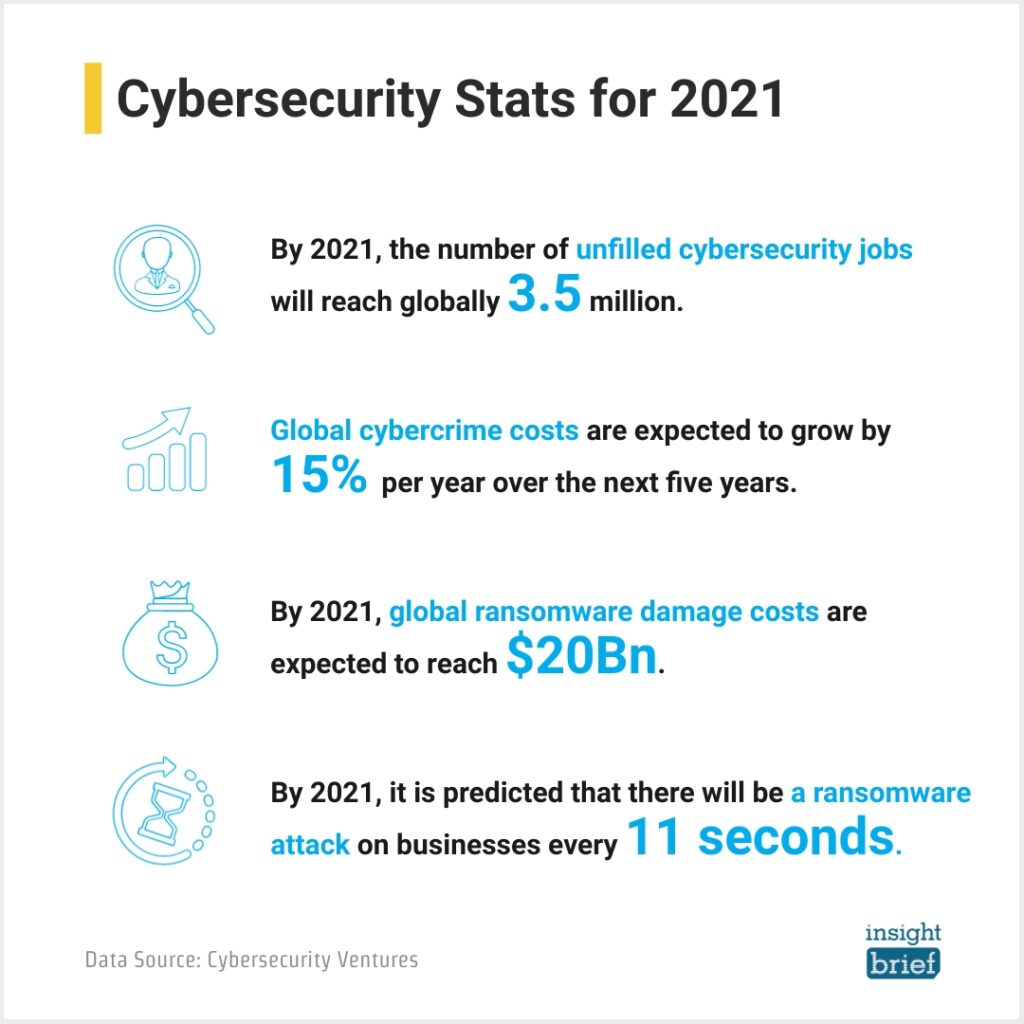
researchHQ Key Takeaways:
- Proactive threat and vulnerability management are crucial for enterprises to their IT infrastructure and assets.
- Effective vulnerability management helps improve security, boost system uptime, ensure regulatory compliance, and builds security into the development process.
- Clearly defined roles and standardised terminology help avoid confusion, increase efficiency and ensure efficient collaboration between teams.
- A formalised disaster recovery process helps companies protect their digital assets in worst-case scenarios, such as cyber-attacks.
Today’s business world is increasingly driven by e-commerce and the cloud, which means it requires a proactive approach toward vulnerability management. After all, your company’s data—as well as your customers’—remains at risk to cybercriminals, which places the onus on you to protect your technical infrastructure, whether located on-premises or with a cloud-based service provider.
In this blog post, we provide a high-level overview of vulnerability management and why it’s critical for modern businesses. Additionally, we’ll look at a few threat and vulnerability management best practices aimed at successfully implementing a vulnerability management policy.
Why vulnerability management matters to the business
Before looking at a few vulnerability management best practices, here is a quick summary of why vulnerability management is vital for today’s cloud-driven business. Four main areas highlight the overall importance of successfully implementing a thorough vulnerability management policy at any organization.
At the top of this list is security. Any company adopting vulnerability management gains an improved capability to monitor and remediate threats to their technical infrastructure, including hardware and software. As noted earlier, this enhanced protection includes both on-premises assets and those hosted with a cloud-provider.
Additionally, a boost in system uptime ultimately leads to happy customers and an improved bottom line. Leveraging a top-notch vulnerability management tool, like Rapid7 InsightVM, that integrates with a company’s patch management system is a wise approach for improving uptime. It helps ensure the business’s software assets are protected from an ever-changing threat landscape and aren’t knocked offline by nefarious activities.
Regulatory compliance is another important consideration for any business, but especially those organizations in the financial, healthcare, and government sectors. For some of these companies, implementing vulnerability management is simply a requirement. Failure to adopt a vulnerability management policy potentially leads to costly fines and reputational damage to the company in question.
Finally, innovative product development separates industry leaders from those companies merely in the game. A robust approach to vulnerability management ensures new software features get implemented with security as a focus. Vulnerability management helps to better align the different software and IT Operations team to improve the development process.







